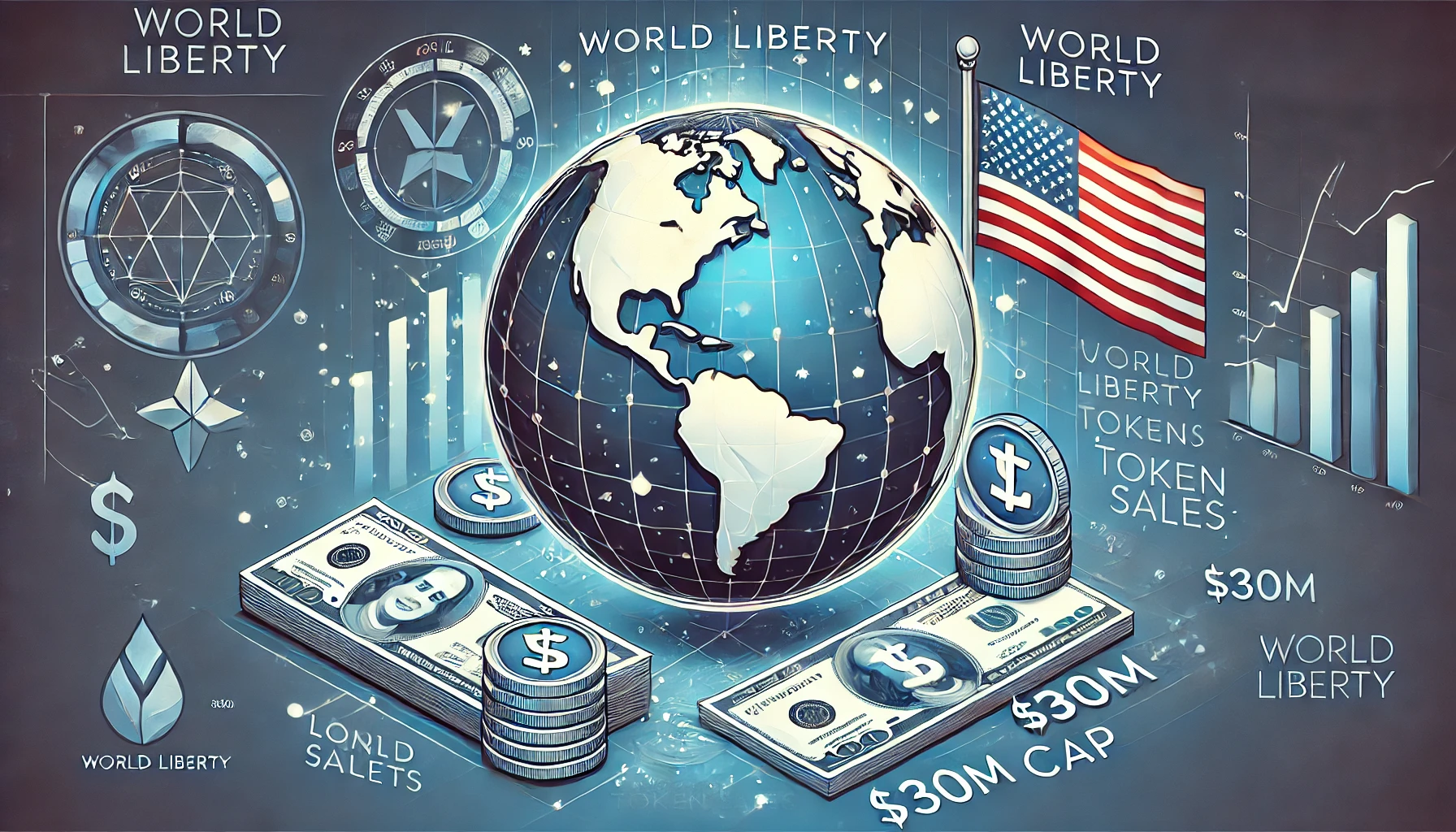ARTICLE AD BOX
Increasing interest rates, regulatory actions, financial insolvencies, and instances of fraud have significantly contributed to shrinking the overall digital asset economy in the past year. The world’s second-largest stablecoin – USDC – wasn’t immune to these forces either.
The total circulating supply has declined from approximately $45 billion to about $25 billion by the conclusion of November 2023. The rise in interest rates in conventional markets elevates the opportunity costs associated with holding USDC, as holders do not accrue interest on their holdings.
Despite this, the number of USDC wallets with a balance of at least $10 has grown 59% in the last year alone, rising above 2.7 million.
USDC’s Recovery
According to a report titled “State of the USDC Economy,” Circle revealed that its stablecoin has been used to settle over $12 trillion in blockchain transactions since its introduction in 2018.
The report highlights the stablecoin issuer’s role in facilitating more than $197 billion in transfers between the traditional banking system and blockchain networks in 2023, accomplished through the minting and redeeming of USDC.
The statistics also reveal 595 million transactions facilitated by USDC from January through November 2023 despite being riddled with many setbacks, starting from the banking crisis.
A notable feature, Circle’s Cross-Chain Transfer Protocol (CCTP), introduced in April 2023, has already made a significant impact by conducting 66,500 transactions. This protocol is designed to reduce friction, improve safety and security, and ultimately reduce costs when transferring USDC across different blockchains.
In a statement, Jeremy Allaire, Co-founder and CEO of Circle, said,
“While we are still in the early stages of this mission, this year’s State of the USDC Economy Report details a set of unequivocal indicators for growing momentum. As regulatory clarity for stablecoins continues to emerge across every major financial market center, and as mainstream financial institutions, fintechs, internet firms, and enterprises begin adopting this technology, USDC is poised to play a central role in the new internet financial system.”
Moving Forward
Several factors led to this decline, but it is essential to highlight the de-pegging of USDC that ensued after the failure of Silicon Valley Bank. Circle, having lost access to many of its other banking partners, had a substantial portion of its reserves tied up with Silicon Valley. The failure of SVB posed a threat to the stability of the stablecoin.
USDC managed to restore its peg following the Federal Reserve’s action to compensate depositors affected by the failures of several banks.
Meanwhile, the entity behind USDC submitted confidential paperwork for an initial public offering (IPO) in the United States earlier this week, intending to become a publicly traded company. The IPO is expected to move forward upon completion of the review process by the Securities and Exchange Commission (SEC), subject to market conditions and other considerations.
The post USDC Wallet Growth Soars 59% Despite Headwinds: Circle appeared first on CryptoPotato.
.png)
 10 months ago
2
10 months ago
2








 English (US)
English (US)